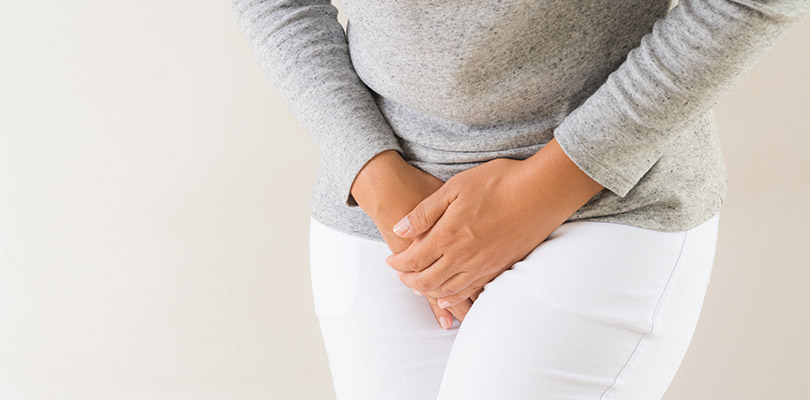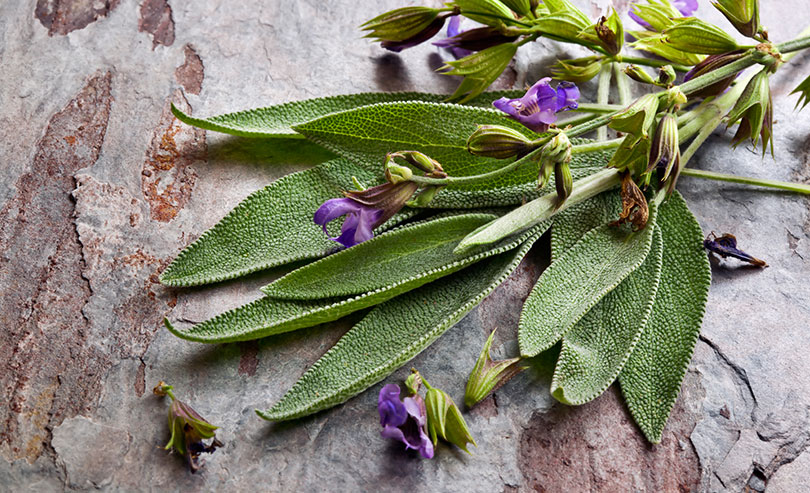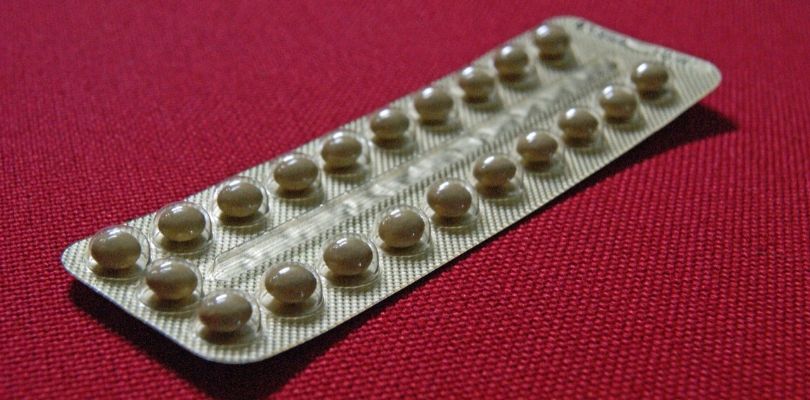Tips for Dealing With a UTI and Menopause
A urinary tract infection (UTI) is an infection that occurs within the urinary tract – it may occur in the urethra (urethritis), bladder (cystitis), or the kidneys (pyelonephritis).
A common symptom of urinary tract infection is the seemingly urgent feeling of needing to urinate. Women have a higher risk of developing a urinary tract infection compared to men, which is due to the difference in their anatomy.
Women and Urinary Tract Infection
A woman’s urinary system is related and nearby to their reproductive system. The vaginal cavity of women allows an entry point for bacteria to start proliferating and cause UTI.
Women also have a shorter distance between their urethral opening and their bladder. This allows the remaining bacteria that is supposed to be expelled during urination to return to the urinary tract and cause various infections.
The risk for urinary tract infection, however, is not the same for all ages.
Elderly women who are currently in their postmenopausal stage are more susceptible to urinary tract infections when compared to young adult women. This is due to the estrogen production in women, as estrogen plays a role in bacterium prevention. Older women experience an estrogen deficiency due to the stopping of the menstrual cycle.
Risk Factors for Developing UTIs in Postmenopausal Women
One out of ten incidents of urinary tract infection occurs in postmenopausal women. Elderly women are more susceptible to developing urinary tract infection due to their lack of estrogen production.
Other risk factors, however, are involved in a postmenopausal woman’s risk of developing urinary tract infection, including:
- Sexual activity
- History of urinary tract infection
- Diabetes
- Incontinence
- Maternal history of urinary tract infection
- Presence of a cystocele
- Postvoid residual urine
- Institutionalization
- Catheterization
- Antimicrobial exposure
- Functional status
- Estrogen supplementation
Estrogen Treatment and Urinary Tract Infections
Lack of estrogen is the most common reason for developing urinary tract infections in postmenopausal women. If lack of estrogen is the cause, estrogen deficiency must be the solution to the problem. This solution, however, remains to be controversial amongst the science and medical community.
Estrogen plays a role in the proliferation of lactobacillus in the vaginal epithelium. Estrogen also reduces the pH level of the vaginal tract and prevents the colonization of various bacteria such as Enterobacteriaceae.
These bacteria are a common cause of infections of the urinary tract. Additionally, without estrogen, vaginal muscles decrease in size. This affects the bladder as the ligaments that hold the pelvic floor and bladder droop and slack.
What should you expect when it comes to sex after menopause? We go over what you may experience and some solutions you can try.
In a study of a controlled clinical trial with two groups – one using estrogen creams and the other is a control group; women who received estrogen treatment through intravaginal means reported a decreased recurrence of urinary tract infections. With this treatment, the pH level of postmenopausal women was reduced from a high of 5.5 to a normal of 3.6.
Oral estrogen therapy, however, is still not well understood. A study claimed that oral estrogen therapy does not reduce the risk of developing urinary tract infections. Additional, through randomized clinical trials and observational studies, the results of oral estrogen therapy remain to be inconclusive.
Estradiol-releasing vaginal ring is another form of estrogen treatment where a vaginal ring is inserted in the vagina. Those who have the estradiol-releasing vaginal ring have a decreased chance of recurrence of urinary tract infections. It yields the same results as estrogen creams with the estradiol-releasing vaginal ring lowering the pH level of the vaginal epithelium.
Researchers of a study investigating this type of treatment have concluded that insertion of an estradiol-releasing vaginal ring prolongs the next recurrence of urinary tract infections in women. It is a safe and well-tolerated method for decreasing the recurrence of urinary tract infections.
Antibiotics for UTI Treatment
With estrogen treatment being constantly questioned by the scientific and medical community, antibiotics remain the more widely accepted method of treating urinary tract infections. The antibiotic treatment in postmenopausal women is similar to that of the premenopausal women.
Ofloxacin is a common antibiotic for treating urinary tract infection. Its effects are shown to be far more potent than that of cephalexin.
For acute uncomplicated UTI, ciprofloxacin is used for that treatment. Asymptomatic bacteriuria, on the other hand, is a condition in which the number of bacteria in urine is larger than normal, but no symptoms of illness occur. Postmenopausal women should not take antibiotics for a minor condition such as that.
The dosages, duration, and antimicrobials used for UTI in postmenopausal women do not differ from that of premenopausal women.
Potential Alternative UTI Treatments
For prevention of UTI, there are alternative methods besides antibiotics and estrogen. Alternatives such as cranberry and probiotic lactobacilli may aid the prevention of recurrence of UTI’s.
Cranberries possess proanthocyanidin, which is a polyphenol that has a potential to reduce and prevent the possible growth of E. coli inside the vaginal tract.
Research, in general, about the prevention and cure of urinary tract infection in postmenopausal women, is quite limited, and the exact roles of the treatments mentioned (estrogen, cranberries, lactobacilli) are yet to be fully identified.
Conclusion
Urinary tract infection can occur in both premenopausal and postmenopausal women.
Treatment for UTI in postmenopausal women is similar to that of premenopausal women with the exception of estrogen-based treatments. Estrogen-based treatments are still highly debated and controversial, but research has shown significant positive effects for postmenopausal women.
Other alternative treatments and preventative options are also being explored, and further research is necessary to determine the exact role of each of these methods.







